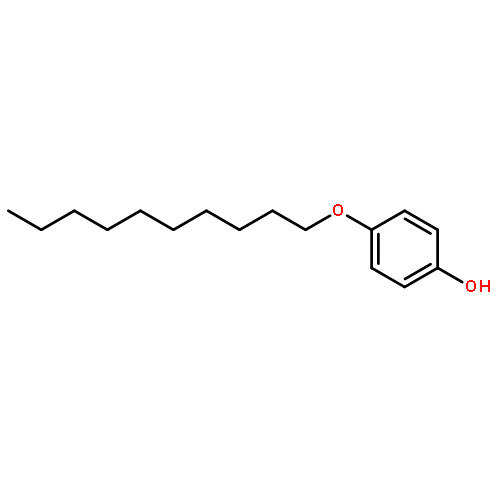Co-reporter: David Bilby, Bradley Frieberg, Shobhita Kramadhati, Peter Green, and Jinsang Kim
pp: 14964
Publication Date(Web):August 12, 2014
DOI: 10.1021/am502673e
Electrode buffer layers in polymer-based photovoltaic devices enable highly efficient devices. In the absence of buffer layers, we show that diode rectification is lost in ITO/P3HT:PCBM/Ag (ITO = indium tin oxide; P3HT = poly(3-hexylthiophene); PCBM = phenyl C61-butyric acid methyl ester) devices due to nonselective charge injection through the percolated phase pathways of a bulk heterojunction active layer. Charge-selective injection, and thus rectification and device function, can be regained by placing thin, polymeric buffer layers that break the direct electrode-active layer contact. Additionally, we show that strong active layer–buffer layer interactions lead to unwanted vertical phase separation and a kinked current–voltage curve. Device function is regained, increasing power conversion efficiency from 3.6% to 7.2%, by placing a noninteracting layer between the buffer and active layer. These results guide the design and selection of future polymeric electrode buffer layers for efficient polymer solar cell devices.Keywords: electrode interface; polymer photovoltaic
